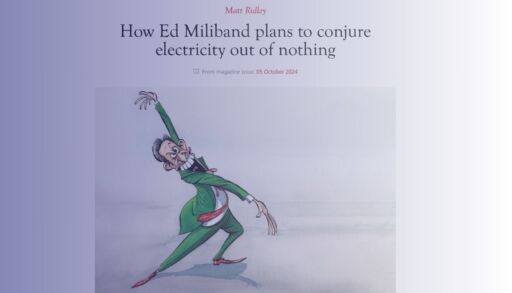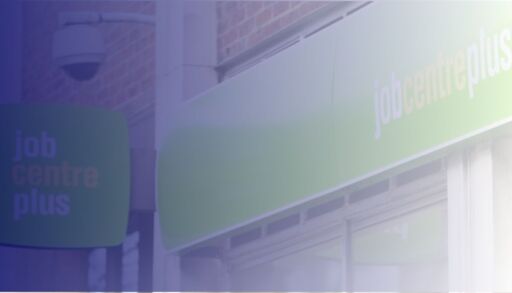The intended and the unintended – what is the reality of Labour’s war on the private school system?
In its 2024 general election manifesto the Labour Party stated that in government it would remove the VAT exemption that applies to private school fees. Following the election the government announced that private school fees would be charged VAT at the standard 20% rate from 1 January 2025.
The Chancellor Rachel Reeves confirmed the government’s plans to charge VAT on private school fees and remove business rates relief in her Budget statement of 30 October 2024
The Government claim an estimate that extending VAT to private school fees will raise £460m in 2024/25, rising to £1.51 billion in 2025/26. The government forecast that imposing VAT on fees will result in 37,000 pupils leaving the private sector, representing about 6% of the current private school population.
There are currently around 2,500 private schools in the UK which provide education to 7% of all school age children.
The first major change that was announced is the removal of business rates relief that many private schools currently benefit from. This change will come into effect on 1 April 2025 and will effectively mean that private schools that are charities will no longer be eligible to claim charitable rates relief (80%) and will be required to pay the full business rates liability. For business rates, ‘private schools’ are defined as schools where full-time education is provided for pupils of compulsory school age where fees are payable.
The second major change is the imposition of VAT on school fees. From 1 January 2025 the standard rate of 20% will be added to private school fees.
This will have a significant impact on private schools. Whilst many think of private schools as expensive, elite establishments that can afford these increased costs, this is not necessarily the case. The introduction of VAT on school fees will certainly have a disproportionate effect on smaller independent schools, including specialist schools like those providing special educational needs and faith education.
Many schools have already suggested that the financial and administrative burden these changes will have on them will lead to significant financial difficulties, forced closures and compulsory redundancies.
Where schools fail, this will reduce the VAT income for the Government to reinvest in the state system, whilst putting greater pressure on the state system in terms of capacity.
Initial reports suggest that with the rising cost of private education, an estimated 100,000 families are expected to be priced out of private schooling. This will undoubtedly lead to a surge in applications to already stretched state schools. Currently, about 18% of state-funded schools are operating at or above capacity, a figure that is expected to rise significantly as students transition from private schools to the state sector.
The effects of these changes are already being felt, as private school enrolment has been seen to fall by 2.7% in the past year already. The Institute for Fiscal Studies projects a further enrolment decline of between 3-7% in the coming years. In response to this, many private schools are being advised to prepare a budget for a potential 25% drop by 2030. This decline in student intake will significantly reduce the revenue generated from tuition fees, leaving private schools in an uncertain financial situation. In anticipation of this downturn, many schools are turning to the recruitment of wealthier international students to offset the shortfall in domestic pupil numbers.
The impact of all of this will be felt by taxpayers. For every student that leaves a private school and enters the state-funded education system, an estimated £8,000 per pupil will need to be provided by the government to cover the cost of their education. This increased burden on public finances comes at a time when the state education sector is already said to be struggling with limited resources, overcrowded classrooms, and rising operational costs. Taxing private schools could, therefore, indirectly place further strain on the public system, not only in terms of capacity but also in terms of funding.
This situation presents a difficult balancing act for policymakers and economists. It raises critical questions about how to equitably support education without creating a crisis in both the state and independent school sectors.
House of Commons Library; ONS; IFS







